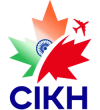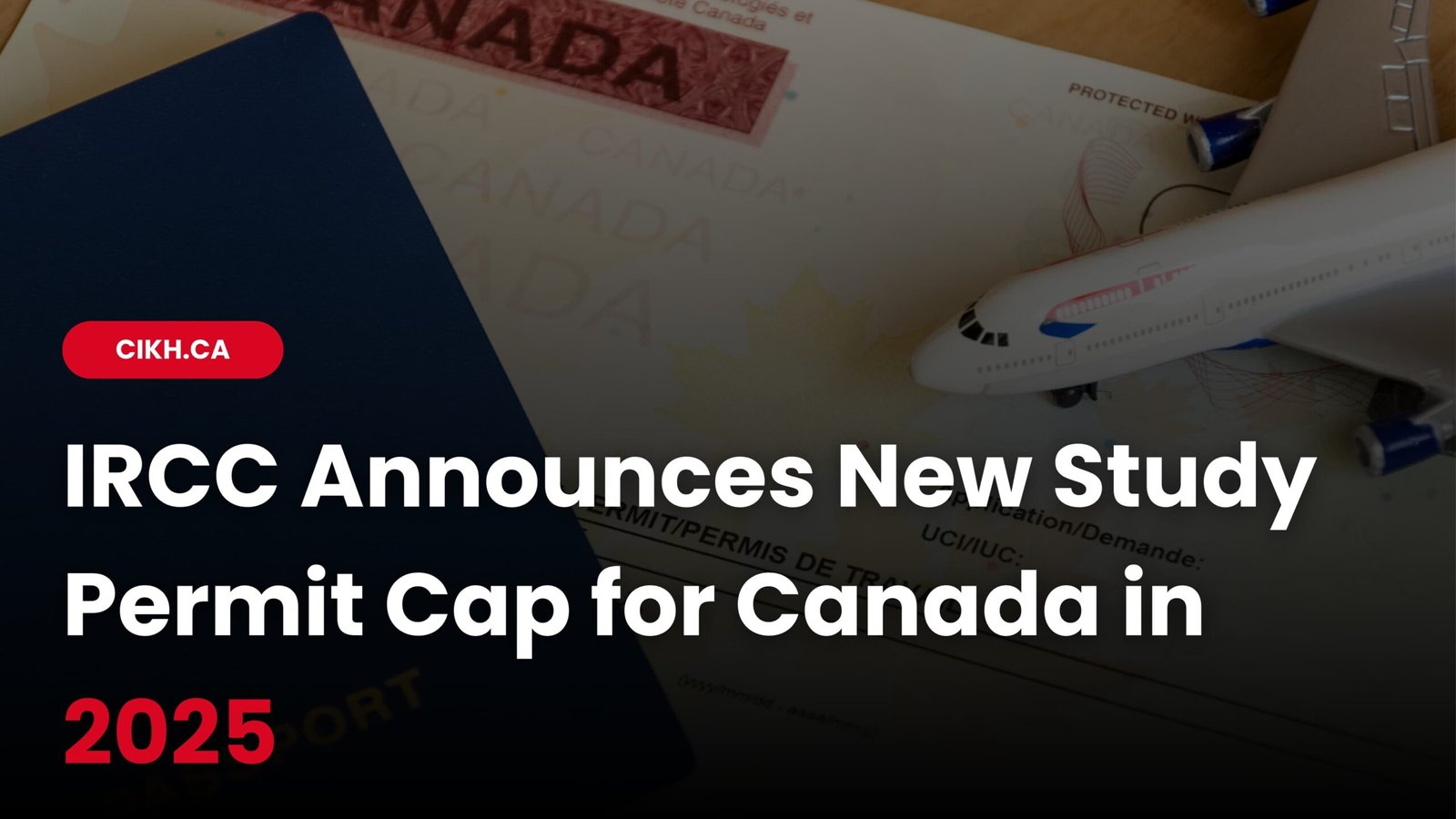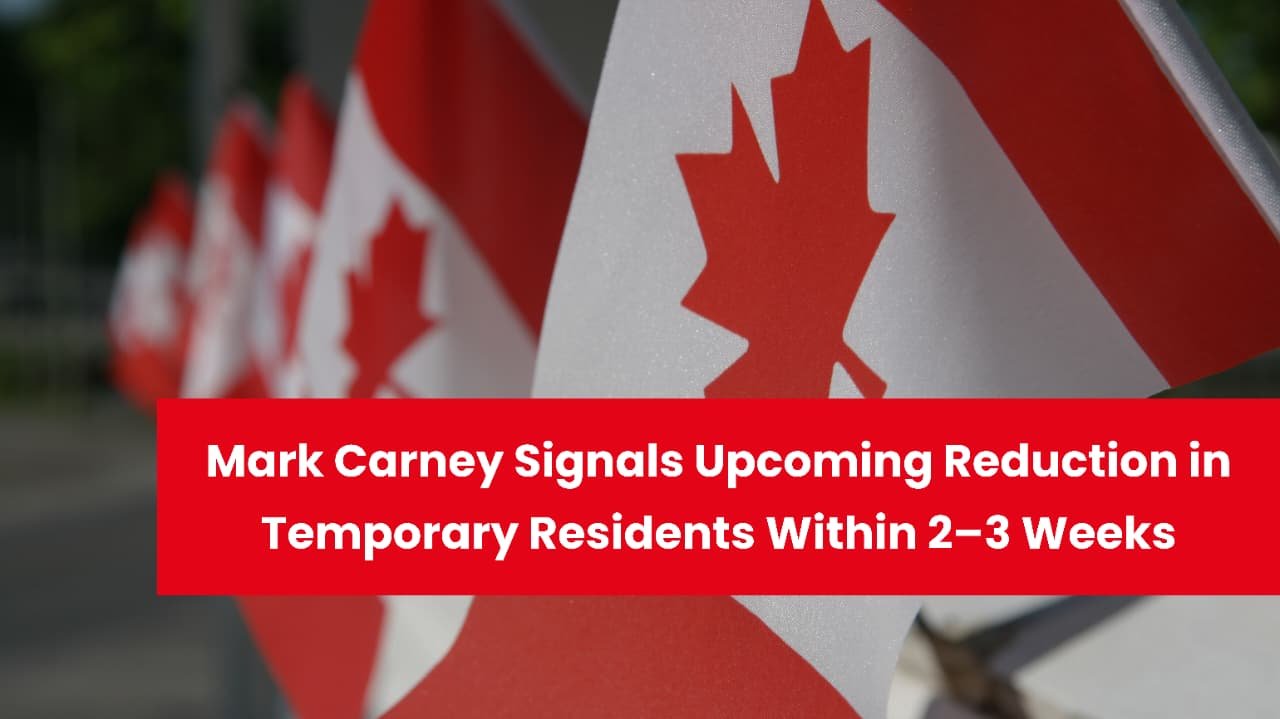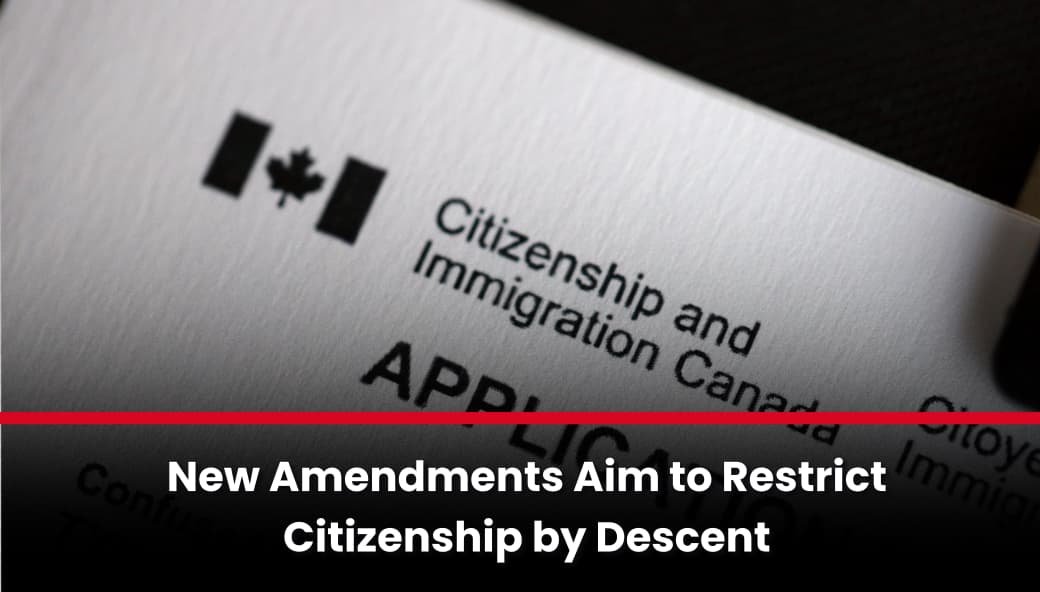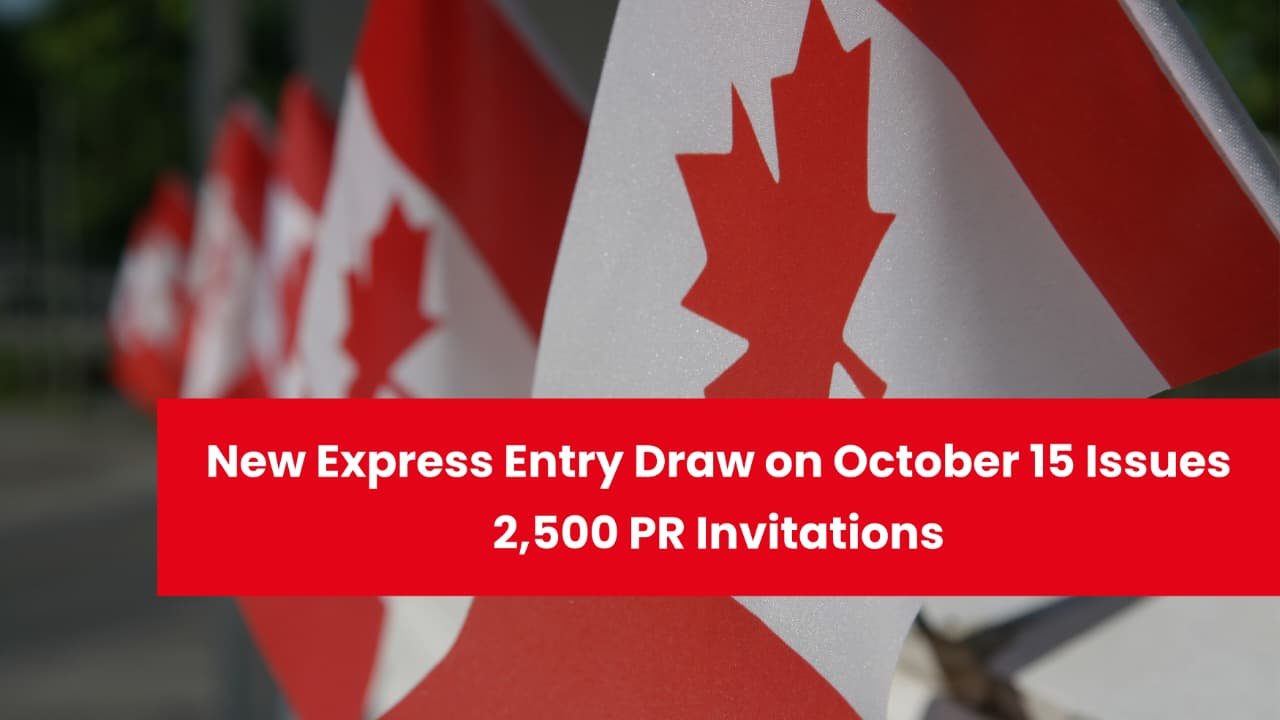The Canadian government has implemented a cap on study permit applications for 2025, limiting them to 505,162 for the year. This move is expected to have significant effects on international students, educational institutions, and Canada’s broader immigration strategy. Immigration, Refugees, and Citizenship Canada (IRCC) officially announced the cap through ministerial instructions on January 18, 2025, and the policy will be in effect from January 22 to December 31, 2025. The objective is to manage the growing influx of international students and address the challenges tied to temporary residency in Canada.
Once the cap is reached, the government will stop processing further study permit applications. They will return any applications submitted after the cap limit without processing and refund the associated fees. Importantly, the cap applies to applications accepted for processing, not the number of study permits the government will approve in 2025.
This article delves into the implications of this cap, including exemptions, processing targets, and the broader impact on Canada’s international student program.
Why Has the Canadian Government Implemented the Cap?
The decision to cap study permit applications is a response to the rapid growth of the international student population in Canada over the past decade. While international students contribute significantly to Canada’s economy and cultural diversity, their increasing numbers have also strained housing, infrastructure, and integration efforts. By capping study permit applications, the Canadian government seeks to:
- Manage the growing temporary resident population effectively.
- Ensure that resources and infrastructure can meet the demand.
- Align with broader immigration goals outlined in the 2025-2027 Immigration Levels Plan.
Who Is Exempt from the Study Permit Cap?
Certain groups of applicants will be exempt from this cap, ensuring that those in special circumstances can still pursue their education in Canada. The following categories are not subject to the processing cap:
- Renewal Applicants: Individuals renewing study permits for the same Designated Learning Institution (DLI) and level of study.
- Temporary Resident Permit Holders: Those with a valid temporary resident permit for at least six months and subject to unenforceable removal orders.
- Special Status Applicants: Includes individuals who:
- Are sponsored by a Canadian spouse or partner through inland sponsorship.
- Are recognized as protected persons.
- Have applied for permanent residency and received an exemption order for a study permit.
- Are family members of the above categories.
- Exchange Students: Students participating in exchange programs at a Canadian DLI.
- Federal Institution Students: Individuals applying to study at DLIs operated by federal departments or agencies.
- Scholarship Recipients: Students funded by Global Affairs Canada-administered scholarships for non-Canadians.
- Francophone Pilot Participants: Applicants selected for the Francophone Minority Communities Student Pilot.
- Public Policy Applicants: Individuals applying under public policies enacted by the federal immigration minister due to crises or specific pressures.
- Indigenous Exemptions: Applicants exempt from study permit requirements under the Temporary Public Policy for Indigenous persons and their families.
These exemptions allow for flexibility while maintaining the cap, ensuring vulnerable or high-priority groups are not adversely affected.
Processing vs. Approval: What’s the Difference?
It’s important to distinguish between the number of applications processed and the number of study permits approved. The 505,162 cap applies to the total number of applications IRCC will process in 2025. However, this number does not directly correlate with the number of study permits that will ultimately be approved.
Here’s how the process works:
- Application Processing: IRCC accepts and reviews applications up to the cap limit.
- Rejection Rate: IRCC considers historical rejection rates when setting the processing cap.
- Approval Goals: IRCC sets annual approval targets, which may be lower than the total number of applications processed.
For example, in 2024, IRCC processed 606,250 study permit applications with an approval target of 364,000. In contrast, the government has significantly reduced the processing cap for 2025 to 505,162 applications. They have yet to disclose the specific approval target for the year.
The 2025-2027 Immigration Levels Plan
The government’s broader immigration strategy, detailed in the 2025-2027 Immigration Levels Plan, aims to balance the intake of international students with Canada’s infrastructure and economic capacity. According to the plan, Canada intends to welcome 305,900 new international students annually during this period. This figure refers to new arrivals, not study permits issued within a given year.
It’s essential to understand that due to delays in processing, the number of student arrivals often differs from the number of permits approved. This distinction highlights the complexity of managing the Canadian international student program.
Implications for Prospective International Students
The new study permit cap introduces several challenges for international students planning to study in Canada:
- Increased Competition: With a fixed number of applications being processed, competition for study permits will intensify.
- Urgency in Application: Students must act quickly to submit complete and accurate applications before the cap is reached.
- Uncertainty and Delays: Processing delays and the potential of reaching the cap may cause uncertainty for students.
- Limited Flexibility: Students who miss the cap will need to wait until the next application cycle, potentially delaying their academic plans.
To maximize their chances, students should:
- Submit applications as early as possible.
- Ensure all documentation is accurate and complete.
- Work closely with their chosen institutions to navigate the process effectively.
Impact on Educational Institutions
Designated Learning Institutions (DLIs) in Canada will also feel the effects of the study permit cap:
- Enrollment Fluctuations: Educational institutions may see variations in the number of international students admitted.
- Revenue Impact: A reduced intake of international students could affect tuition revenue and institutional funding.
- Increased Support Needs: DLIs may need to provide enhanced support to help students meet new requirements.
Educational institutions must adapt by collaborating with policymakers, streamlining their admission processes, and providing clear guidance to prospective students.
Broader Impact on Canada’s Immigration System
This cap reflects Canada’s commitment to sustainable immigration policies. The government aims to:
- Address housing and infrastructure issues linked to a growing temporary resident population.
- Maintain a balance between temporary and permanent immigration pathways.
- Foster a manageable and inclusive immigration system for international students.
While the cap may present challenges, it is part of the broader goal of ensuring that Canada’s immigration system remains sustainable and equitable.
Conclusion
The introduction of the study permit cap for 2025 marks a significant change in Canada’s approach to international students. While it presents challenges for students and institutions, it also offers an opportunity to enhance the sustainability and efficiency of Canada’s immigration system. Prospective students must act quickly and be well-prepared to secure their place in the Canadian education system. Educational institutions and policymakers must collaborate to navigate this new policy, ensuring a smooth transition for all involved.
Despite these changes, Canada remains committed to welcoming international students and fostering a diverse, inclusive society while maintaining the capacity to manage growth in a sustainable way.
